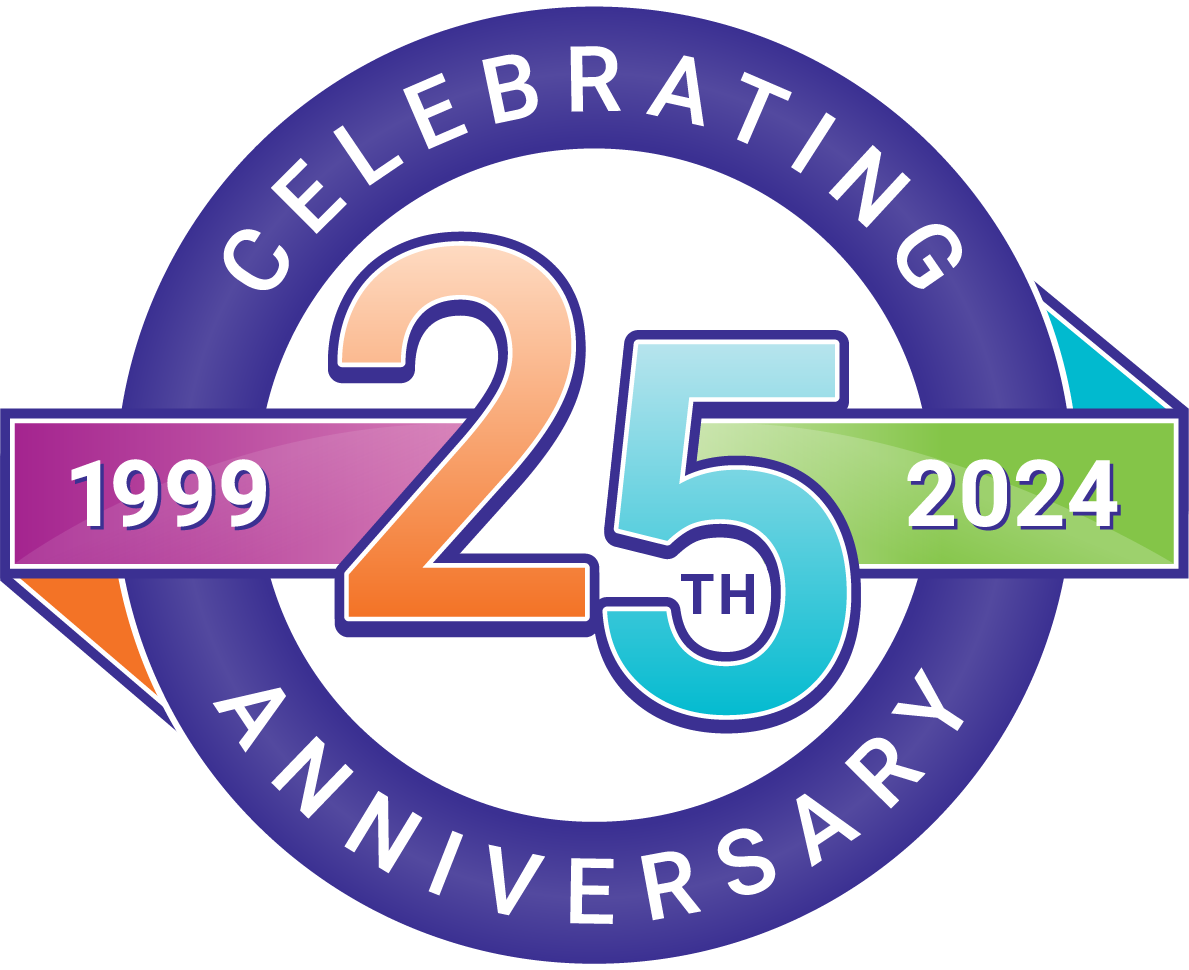MLA 9 What's New
The Modern Language Association (MLA) published the 9th edition of their handbook in April 2021, and MLA Citation Maker was updated to align with those guidelines in April 2022.
MLA has a page that summarizes what is new in the 9th edition of their handbook. This is what's new when it comes to citing sources.
Author
- Pseudonyms and online usernames are enclosed in square brackets instead of parentheses.
- If there is a username, and if the real name is known, include the username in square brackets after the author’s real name. If the real name is not known, include the username, but do not enclose it in square brackets.
Ex. if the real name and username are known: Fogarty, Mignon [@GrammarGirl]
Ex. if only the username is known: @SciFiReader
- Government agency names no longer have to be standardized. They may be listed in a citation exactly as they are found in the source.
(See How to Credit Authors and Contributors)
Contributor
- Editors and translators are now known as key contributors, and they should always be credited.
- Only credit additional contributors – such as a director, narrator, or conductor – if your research focuses on their contribution.
- Citation Maker will now combine multiple roles for the same contributor, as well as multiple contributors for the same role.
Ex. for multiple roles for the same contributor: edited and translated by James Strachey
Ex. for multiple contributors for the same role: edited by Phil Smith and Laura Hernandez
(See How to Credit Authors and Contributors)
Title of Source
- Long titles or long social media posts may be shortened. Include enough of the title or text to identify it, and add an ellipsis ( . . . ) at the end to indicate it has been shortened.
- E-mail: The title is now E-mail instead of the e-mail’s subject line.
- Social media:
- Citation Maker now allows for citing online forum posts and comments.
- Images and videos are sometimes posted without a title or accompanying text, so you must provide a description. Capitalize the first letter of the first word and any proper nouns.
Ex: Photo of spring flowers in Oregon
- Text messages: MLA now has rules for citing text messages. Citation Maker has an updated e-mail template that includes text messages.
- Website or Blog: Citation Maker now allows for citing comments on websites and blogs.
- Video: Citation Maker now has a separate option for films and one for “other online videos.”
(See How to Capitalize and Punctuate Titles)
Title of Container
- MLA clarified how to cite a container. “A container is a work that contains another work” (p. 136). Some containers are pathways that lead to the source you used. In that case, do not cite the pathway container. Instead, cite the container that actually has the source. For example, if you are on Twitter and click on a news article link that takes you to the The New York Times website, list The New York Times website as the container instead of Twitter.
- Apps: MLA now has rules for citing a work found in an app. Citation Maker now includes that option when relevant.
(See How to Capitalize and Punctuate Titles)
Version
- For e-books and audiobooks, now include ed. in the edition statement.
Ex: e-book ed.
Ex: audiobook ed.
Publisher
- Names of government agencies that have many divisions should be shortened by only keeping the government name and the primary agency.
Publisher as listed in source: U.S. Department of Justice, Office of Justice Programs, Bureau of Justice Statistics
Publisher as listed in citation: U.S. Department of Justice
(See How to Credit Publishers)
Publication Date
- Use forthcoming as the date for works not yet published.
- Use a lowercase for seasons in dates, such as summer 2019.
- Citation Maker now allows for multiple months to be entered in the Month field for magazine and journal articles.
Ex: Jan.-Feb. 2022
Location
- The URL for digital object locators, or DOIs, should always begin with this: https://doi.org/
Ex: 10.1037/000092 would become https://doi.org/10.1037/000092
- For all other URLs, do not include https:// in citations.
- You may shorten a URL that runs more than three lines or is longer than the rest of the citation.
(See How to Format URLs and DOIs)
Supplemental Element
- A supplemental element is optional information that you may want to include in a citation to better identify the source.
Ex: Lyrics - MLA allows for a supplemental element to be added in three places in a citation, depending on what the optional information is related to:
- after the Title of Source
- between containers
- at the end of the citation
- Citation Maker now includes a Supplemental Element field on relevant templates. Also, the More Examples page includes examples of supplement elements in various places within a citation.
Resources
MLA Handbook. 9th ed., Modern Language Association of America, 2021.
The MLA Style Center: Writing Resources from the Modern Language Association. Modern Language Association of America, 2021, style.mla.org.
